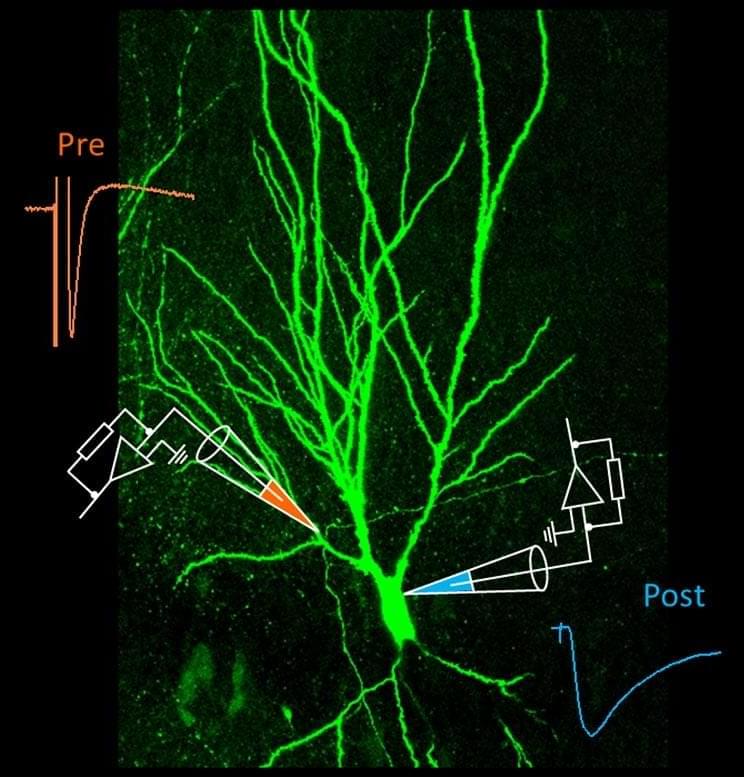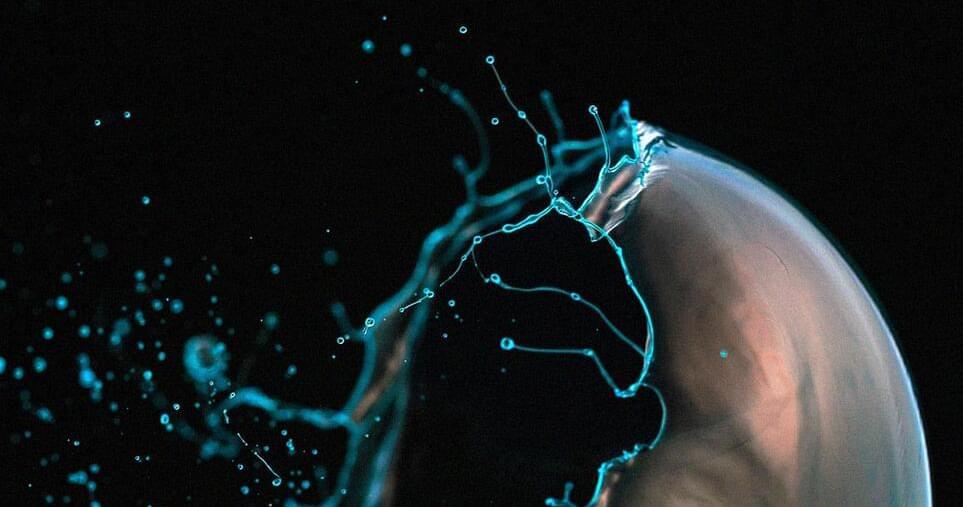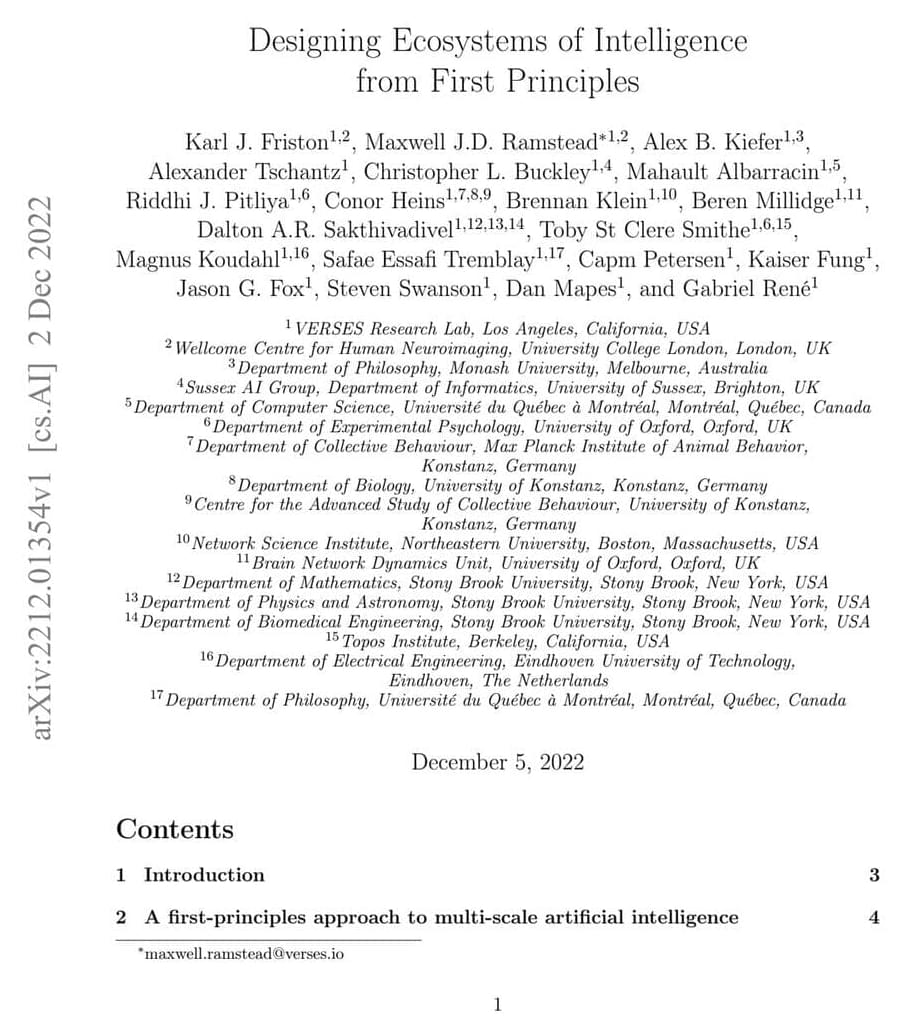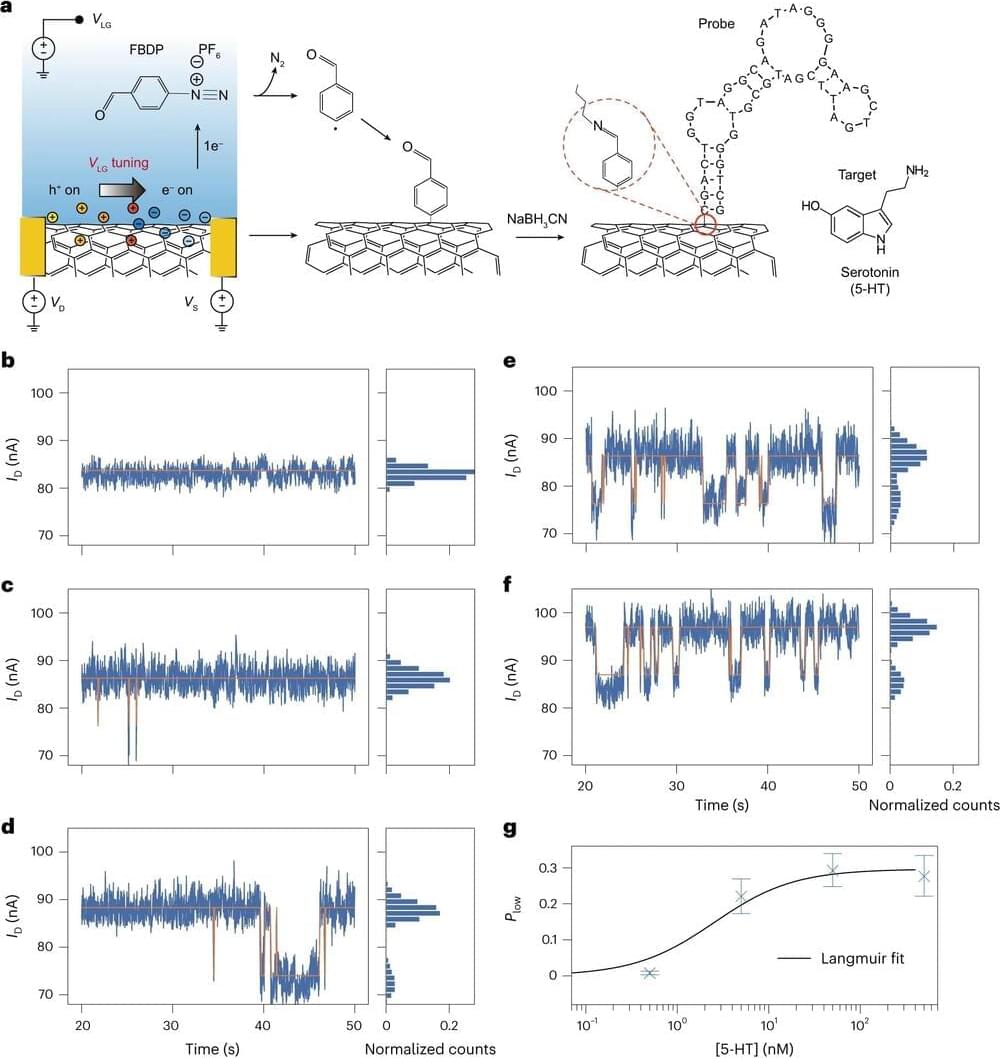
Key synapse acts as a “smart teacher,” sending messages against the usual flow of information in the brain.
Information flows in a well-defined direction in the brain: Chemical and electrical signals are passed from one neuron to the other across the synapse, from the pre-synaptic to the post-synaptic neuron. Now, Peter Jonas and his group at the Institute of Science and Technology Austria (IST Austria) show that information also travels in the opposite direction at a key synapse in the hippocampus, the brain region responsible for learning and memory.
At the so-called mossy fiber synapse, the post-synaptic CA3 neuron influences how the pre-synaptic neuron, the so-called mossy fiber neuron, fires. “We have shown, for the first time, that a retrograde information flow is physiologically relevant for pre-synaptic plasticity,” says Yuji Okamoto, a postdoc in the group of Peter Jonas at IST Austria and co-first author of the paper published in Nature Communications.


















